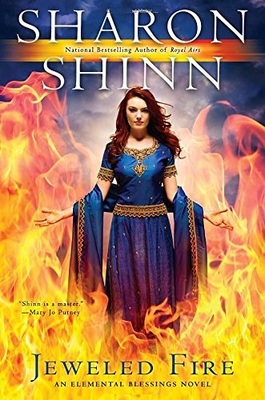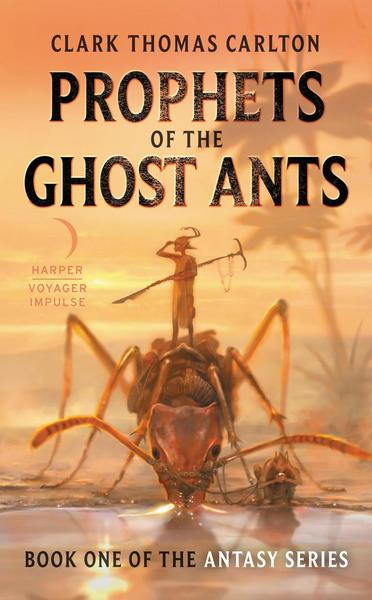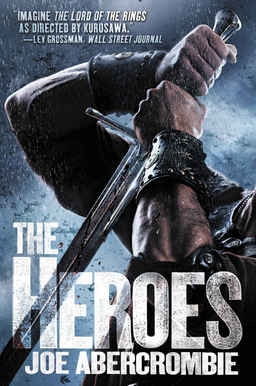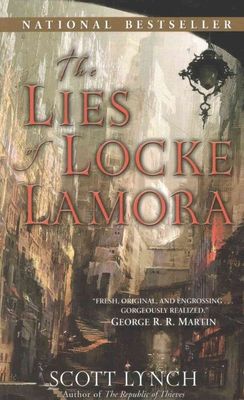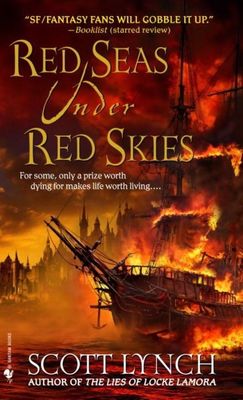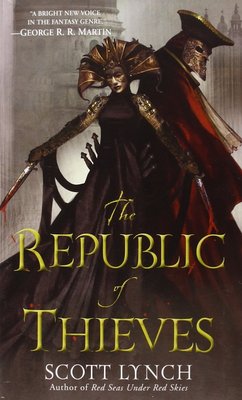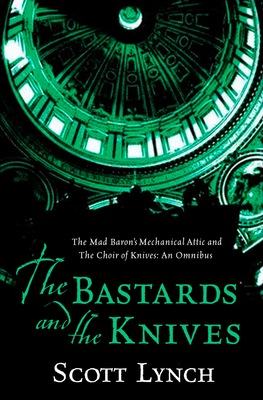 And so we come to the end of M. John Harrison’s trilogy of novels set in the far, far future of our world. For In Viriconium (1982) Harrison drops almost all elements of heroic fantasy in presenting the story of the artist Ashlyme. Ashlyme’s effort to rescue another artist, the reclusive Audsley King, from a plague outbreak is set against the antics of two manic deities. Woven through the novel are characters and clues that tie it to the previous two, The Pastel City and A Storm of Wings (reviewed at the links). Some build on the earlier stories while others seem to deconstruct and reconfigure them.
And so we come to the end of M. John Harrison’s trilogy of novels set in the far, far future of our world. For In Viriconium (1982) Harrison drops almost all elements of heroic fantasy in presenting the story of the artist Ashlyme. Ashlyme’s effort to rescue another artist, the reclusive Audsley King, from a plague outbreak is set against the antics of two manic deities. Woven through the novel are characters and clues that tie it to the previous two, The Pastel City and A Storm of Wings (reviewed at the links). Some build on the earlier stories while others seem to deconstruct and reconfigure them.
The Low City, the poorer section of Viriconium and the one most given over to decay, has been struck by a strange malady:
The plague is difficult to describe. It had begun some months before. It was not a plague in the ordinary sense of the word. It was a kind of thinness, a transparency. Within it people aged quickly, or succumbed to debilitating illnesses — phthisis, influenza, galloping consumption. The very buildings fell apart and began to look unkempt, ill-kept. Businesses failed. All projects dragged out indefinitely and in the end came to nothing.
Day by day it is spreading, restricting travel in and out of a growing portion of the Low City. Hidden away in her rooms above the Rue Serpolet, Audsley King remains the most famous and sought after artist in Viriconium. Even as the plague pares away the substance and people of the city, her agent, Paulinus Spack, is hoping to produce a new play with sets designed by her. All across the High City, Viriconium’s wealthy district, patrons are itching to invest in something featuring King’s creations. She, for that to happen, must leave the Low City — but she does not wish to. In addition to her acceptance of eventual death from the plague, she is repulsed by her potential benefactors:
“Besides,” she said, “I would not go if they did. Why should I go? The High City is an elaborate catafalque. Art is dead up there, and Paulinus Rack is burying it. Nothing is safe from him — or from those old women who finance him — painting, theater, poetry, music. I no longer wish to go there.” Her voice rose. “I no longer wish them to buy my work. I belong here.”
Spurred by a desire to save one of Viriconium’s most important figures, Ashlyme agrees to convince King to flee to the High City. If she cannot be convinced he will, with the help of the astronomer Emmet Buffo, kidnap her and bring her out anyway.
…
Read More Read More


